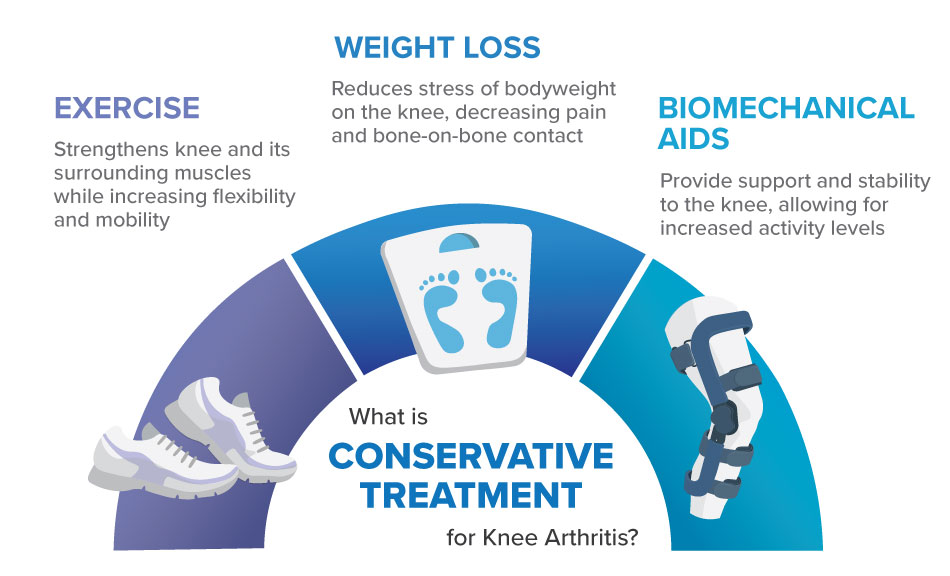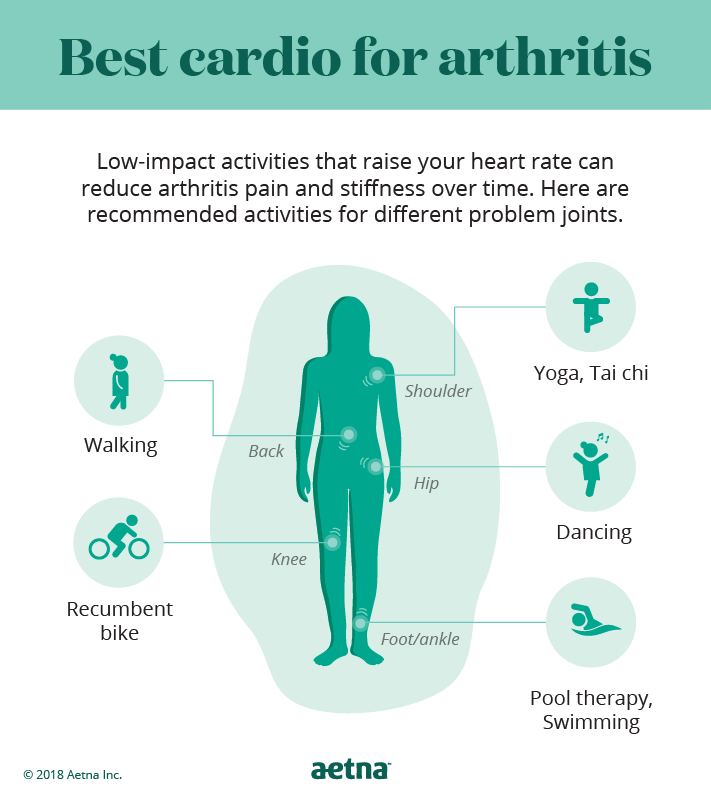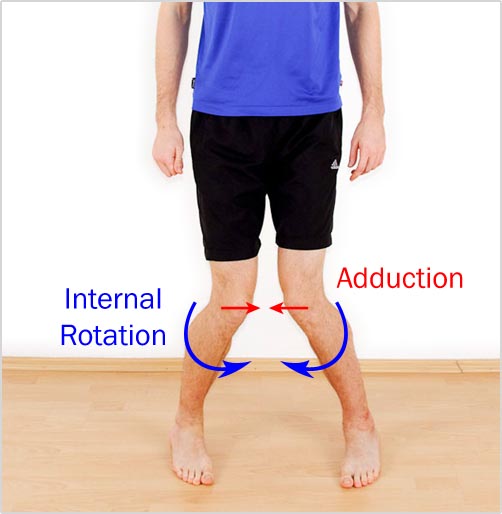Discover the secrets to beating knee pain for good with these expert tips and tricks that will change your life.
Table of Contents
- Introduction to Knee Pain
- Understanding Knee Pain
- Common Types of Knee Problems
- Spotting Knee Problems Early
- Easy Ways to Take Care of Your Knees
- When to See a Doctor
- Treating Knee Pain
- Eating Right to Support Your Knees
- Games and Play That Help Knee Health
- Conclusion: Winning Against Knee Pain
- Frequently Asked Questions (FAQs)
Introduction to Knee Pain
Knee pain is a common problem that many people, young and old, can experience. It’s important to understand what knee pain is and why managing it is crucial. Let’s explore why knees can hurt and who might be affected by this discomfort.
Whether you’re a sports enthusiast, have had a knee injury, or are getting older, knee pain can impact anyone. Knowing how to manage and relieve knee pain is essential for overall well-being and quality of life.
Understanding Knee Pain
Let’s dive into the world of knee pain and explore what it’s all about. Sometimes our knees can feel uncomfortable, and it’s essential to understand why and how to take care of them.
Causes of Knee Pain
Knee pain can occur for various reasons. It might happen when you play sports and accidentally twist or hit your knee. Sometimes, as we get older, our knees can start to feel achy and uncomfortable. Understanding what causes knee pain can help us prevent it from happening.
Signs You Might Have Knee Pain
Have you ever felt a dull ache or sharp pain in your knee when you try to walk or run? These could be signs that your knee is not happy. Swelling, redness, or difficulty moving your knee can also be indicators of knee pain. It’s essential to pay attention to these signs and take care of your knees.
Common Types of Knee Problems
When it comes to knee problems, there are a few common issues that people might face. Let’s take a look at two types of arthritis and knee injuries that can cause discomfort.

Image courtesy of via Google Images
Rheumatoid Arthritis
Rheumatoid arthritis is a type of arthritis that can affect your knees. It happens when your immune system mistakenly attacks the lining of your joints, causing pain, swelling, and stiffness. If your knees feel sore, stiff, or swollen, it might be due to rheumatoid arthritis. This condition can make it challenging to move around comfortably.
Osteoarthritis
Osteoarthritis is another common type of arthritis that can impact the knees. It occurs when the cartilage in your joints wears down over time, leading to pain, stiffness, and swelling in the knees. Osteoarthritis can make everyday activities like walking or climbing stairs difficult. If you experience aching or tenderness in your knees, osteoarthritis might be the cause.
Knee Injuries
Sometimes, knee pain can result from injuries such as strains, sprains, or torn ligaments. Sports activities, accidents, or overuse can lead to knee injuries. If you feel sudden pain, hear a popping sound, or notice swelling in your knee after an incident, you might have injured your knee. It’s essential to rest and seek medical attention if you suspect a knee injury to prevent further complications.
Spotting Knee Problems Early
The sooner you notice that your knee is causing you pain, the sooner you can take steps to help it feel better. Here are some signs to look out for:
Signs You Might Have Knee Pain
If your knee is achy, swollen, or hurts when you move it, you might be experiencing knee pain. Sometimes, you may also hear cracking or popping sounds when you bend your knee. Pay attention to these signs so you can take action quickly. Remember, it’s essential to take care of your knees so that they can keep you moving and playing like you love to do.
Easy Ways to Take Care of Your Knees
When it comes to keeping your knees healthy and pain-free, there are some simple and effective ways you can take care of them. By incorporating these easy tips into your daily routine, you can help prevent knee pain and keep your joints strong and flexible.

Image courtesy of via Google Images
Exercises for Strong Knees
One of the best ways to maintain healthy knees is by doing exercises that strengthen the muscles around them. Simple activities like walking, cycling, and swimming can help improve the stability of your knees and reduce the risk of injury. Additionally, exercises that target the quadriceps, hamstrings, and calf muscles can provide extra support for your knees.
Rest and Recovery for Your Knees
While staying active is important for overall joint health, it’s equally crucial to give your knees time to rest and recover. If your knees are feeling sore or stiff, taking a break from activities that put stress on them can help alleviate pain and inflammation. Ice packs and elevation can also help reduce swelling and promote healing.
When to See a Doctor
Sometimes knee pain can be more than just a passing ache. If you experience severe discomfort or if your knee pain is preventing you from doing your daily activities, it might be time to see a doctor.
Additionally, if your knee pain is a result of a sudden injury, such as a fall or a twist, it’s important to seek medical attention. A doctor can properly assess the extent of the injury and recommend the right treatment plan.
Treating Knee Pain
When your knee is in pain, it can be very uncomfortable. But there are ways to make it feel better. If you have knee pain because of arthritis, there are treatments you can try.
| Tips & Tricks | Description |
|---|---|
| Exercise Regularly | Regular exercise can help strengthen your knees and reduce pain. Focus on low-impact activities like swimming or biking. |
| Maintain a Healthy Weight | Excess weight puts extra strain on your knees. By maintaining a healthy weight, you can reduce pressure on your joints. |
| Use Ice & Heat Therapy | Applying ice or heat to your knees can help reduce inflammation and alleviate pain. Alternate between the two for best results. |
| Wear Supportive Shoes | Invest in shoes that provide proper cushioning and support for your feet. This can help reduce stress on your knees. |
| Practice Good Posture | Improper posture can put strain on your knees. Maintain good posture to lessen the burden on your joints. |

Image courtesy of via Google Images
Medicines for Knee Pain
If your knee hurts because of arthritis, your doctor may give you medicine to help ease the pain. These medicines can make your knees feel less sore so you can move around more easily. Remember to always take medicines as your doctor tells you to.
Using Heat or Cold
When your knee is hurting, using heat or cold can make it feel better. You can try using a warm pack on your knee or a bag of frozen peas. Some people find that heat helps their knee pain, while others prefer cold. You can see which one works best for you.
Remember, it’s important to talk to your doctor before trying any new treatments for your knee pain. They can help you figure out the best way to make your knees feel better.
Eating Right to Support Your Knees
Certain foods can help support healthy joints, including your knees. By making good choices when it comes to what you eat, you can take positive steps toward managing arthritis and keeping your knees feeling good.
Foods That Help Your Joints
Adding certain foods to your diet can provide nutrients that support your knee health. Foods rich in omega-3 fatty acids, like salmon and walnuts, can help reduce inflammation in the joints. Leafy green vegetables, such as kale and spinach, are packed with vitamins and minerals that promote joint health. Including colorful fruits like berries and oranges can also provide antioxidants that protect your joints from damage.
Snacks for Happy Knees
When you’re looking for a quick and nutritious snack, consider options that are good for your knees. Nuts and seeds, like almonds and flaxseeds, are great choices because they contain healthy fats and nutrients that support joint function. Greek yogurt with a sprinkle of granola can provide calcium and protein that are important for maintaining strong bones and muscles around the knees. Snacking on crunchy vegetables like carrots and bell peppers can give your body the vitamins and minerals it needs to keep your joints healthy.
Games and Play That Help Knee Health
You don’t have to sit still to keep your knees safe. We’ll explore fun activities that are also great for your knees.

Image courtesy of via Google Images
Why Play Is Important for Knee Health
Playing games and being active is not only fun but also crucial for keeping your knees healthy. When you move and engage in physical activities, you help build strength in the muscles around your knees, which can support and protect them. Plus, playing can improve your overall physical fitness, making you less prone to injuries that can cause knee pain.
Fun Activities for Strong Knees
There are many games and activities that can help improve the health of your knees. Here are some fun options:
- Swimming: Swimming is a fantastic low-impact exercise that can strengthen your muscles, including those around your knees, without putting too much stress on the joints.
- Cycling: Riding a bike is not only enjoyable but also great for your knees. It helps improve flexibility and strength in your leg muscles, which can provide support to your knees.
- Dancing: Dance your way to stronger knees! Dancing is a fun way to stay active, improve balance, and strengthen the muscles that support your knees.
- Jumping Rope: Jumping rope is a fantastic cardiovascular exercise that can also help improve the strength and stability of your knees when done correctly.
Play Safely
While playing games and being active can benefit your knee health, it’s essential to do so safely. Make sure to warm up before any physical activity, use proper equipment and technique, and listen to your body. If you experience any pain or discomfort while playing, stop and take a break. It’s essential to balance fun with safety to keep your knees happy and healthy.
Conclusion: Winning Against Knee Pain
Throughout this blog post, we’ve explored the ins and outs of knee pain and how to tackle it head-on. By understanding the causes of knee pain, recognizing the signs early, and taking proactive steps to care for your knees, you can win the battle against knee pain.
From engaging in exercises to strengthen your knees to giving them the rest they need when they’re hurting, there are plenty of simple yet effective ways to keep your knees happy and healthy. Remember, even if you’re dealing with arthritis, there are treatments available to ease the soreness and discomfort, such as medications or using heat or cold packs.
And let’s not forget the importance of a proper diet in supporting your knees. By incorporating foods that are good for your joints into your meals, you can provide your knees with the nutrients they need to stay in top shape.
Furthermore, staying active through games and activities not only keeps you entertained but also benefits your knee health. So, don’t be afraid to get moving and have fun while protecting your knees.
By following these tips and tricks, you can effectively manage your knee pain and enjoy a life free from constant discomfort. Remember, taking care of your knees is essential for your overall well-being and mobility. So, keep up the good work, and here’s to winning against knee pain!
Frequently Asked Questions (FAQs)
Why do my knees hurt when I run?
When you run, your knees have to support your body weight and handle the impact of each stride. Sometimes, if you run too much or too hard, the repetitive stress can cause your knees to hurt. It’s important to have proper running shoes and technique to prevent knee pain. If your knees hurt when you run, it may be a sign to take a break and give them some rest.
Can knee pain go away on its own?
Minor knee pain from things like jumping around too much or twisting your knee can sometimes get better on its own with rest. However, if the pain is severe, lasts a long time, or keeps coming back, it’s a good idea to see a doctor. They can help figure out what’s causing the pain and recommend the best treatment to make it go away.
What can I do right now if my knee hurts?
If your knee hurts, the first thing to do is take a break from any activities that might be making it worse. You can also try icing the sore area to reduce any swelling and using a bandage or brace for support. If the pain doesn’t go away or gets worse, it’s always a good idea to ask a grown-up for help and see a doctor for advice.




